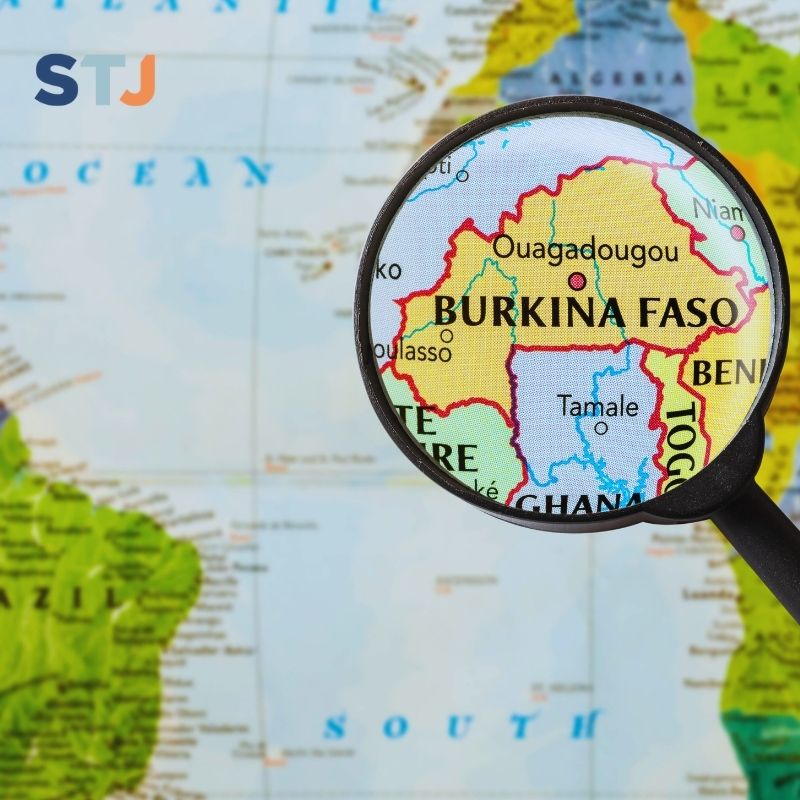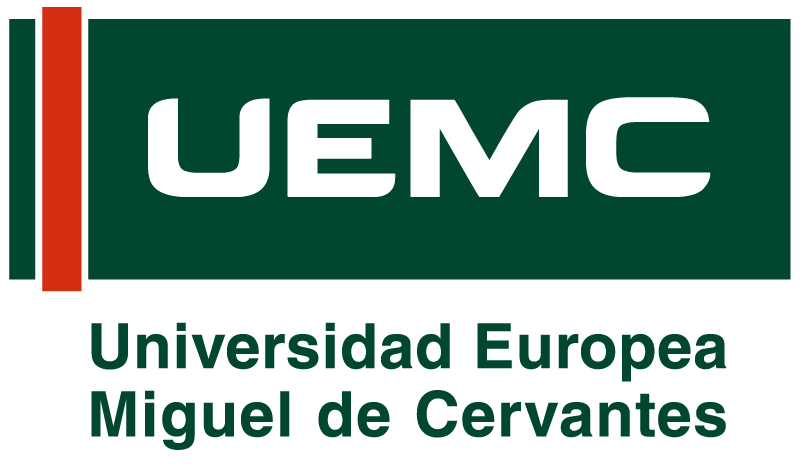By Benjamin Ouedraogo.
In a complex security context, Burkina Faso continues to believe in the transformative potential of tourism. In the heart of the country, the Plateau-Central region stands out as a land of initiatives, investing in culture, youth, and community engagement. We spoke with Madam TRAORÉ/SANOU Haoua, the Regional Director of Tourism based in Ziniaré, to better understand the current challenges and future prospects of this still little-known destination.

A field mission in service of heritage
“Our role is to implement the national tourism policy at the regional level,” begins the Director. The department’s mission includes promoting tourist sites, supporting local operators, and raising awareness among the population about tourism’s economic potential. In collaboration with local authorities, the team works to enhance the region’s cultural and natural resources in a spirit of sustainable and inclusive development.
Unique cultural and natural assets
The Plateau-Central region is full of hidden treasures. In Ziniaré, the regional capital, the wildlife park and the granite sculpture site of Laongo attract curious visitors. But the region’s richness goes beyond landscapes: “We’re also proud of our craftsmanship, especially wood carving and basket weaving, as well as our living traditions, like masked dances and customary festivals,” she adds.
This mix of living art, ancestral know-how, and preserved nature provides a solid foundation for cultural and community-based tourism.
A primarily domestic tourism market
Despite its quality offerings, the region remains largely unknown to the international public. “Most of our visitors are Burkinabè from other regions, often during school holidays or religious events,” the Director notes. A few Europeans interested in ecotourism or African culture do visit, but their numbers have declined due to the country’s security situation.
Structural challenges to overcome
The region’s tourism ambitions face several obstacles. “We lack quality tourism infrastructure, especially in accommodation and food services. Our communication tools are still insufficient,” the Director laments. However, the attachment of tourism to the Ministry of Communication offers hope for improved visibility in the medium term.
Security remains a central issue: it affects both visitor numbers and the international perception of Burkina Faso. Nevertheless, the Director emphasizes the resilience and creativity of local stakeholders, who continue to move forward.
Promising development projects
The Regional Directorate is not short on initiatives. Among ongoing projects is the FESTI-JSCART, a festival dedicated to youth, sports, and culture. Other actions include training young people in cultural and tourism fields, as well as workshops for journalists specializing in cultural and tourism communication.
“Our goal is to professionalize stakeholders while raising public awareness. We want to make tourism a true driver of local development,” she explains.
Active community involvement
One of the pillars of this strategy is the integration of local populations. Village tourism committees have been set up to manage certain sites and participate in welcoming visitors. Residents are trained to tell their stories, offer craft workshops, or host visitors in homestays.
“This is a way to bring our intangible heritage to life in an authentic way, while generating direct income for families,” the Director points out.
A tool for economic development
Tourism’s impact goes far beyond leisure; it directly affects people’s lives. “Tourism creates direct jobs—guides, hoteliers, restaurateurs—and indirect jobs, such as artisans and transporters,” she explains. It also contributes to strengthening cultural pride and preserving heritage resources.
In a region where the informal economy dominates, well-managed tourism represents a credible alternative for the younger generation.
Encouraging young people to get involved.
Asked about youth interested in travel journalism, the Director responds enthusiastically:
“I strongly encourage them! Burkina is full of hidden treasures. We need passionate young people to tell these stories, to help people discover our villages, our traditions, and our landscapes in new ways. Travel journalism can be a powerful tool to showcase our heritage and promote responsible tourism.”
Her message sounds like a call to action: telling Burkina’s story is also a way of making it visible to the world.
This article is part of the practical work carried out by the students of the Master’s in Travel Journalism.

